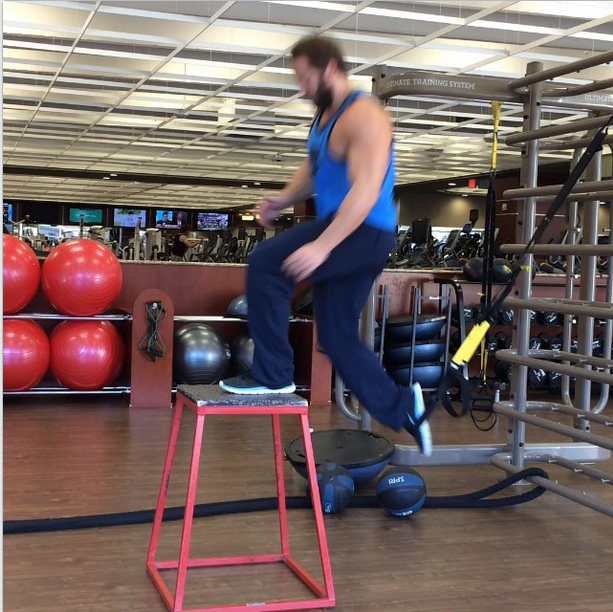770-454-7167
In the world of improv comedy, players are supposed to abide by a rule called “Yes, and…”. When someone offers a new idea to the improv in progress, you accept it, and add to it. The idea is that you don’t want to stifle anyone’s creativity or contributions. You stay open to the possibilities the other players are coming up with, and where that can take you. It also requires a measure of faith that your fellow players aren’t merely throwing out random ideas that have no potential to make for entertaining improv. If you’ve ever watched Whose Line is it, Anyway? then you’ve seen this, and you’ve probably even seen moments when players are caught off guard by what their colleagues contribute, but they still go with it – never shutting it down, and never saying “NO.”
To some extent, this is what we expect from our clients when we’re working with them. We expect them to trust us, and be willing to integrate what we suggest to them. But as personal trainers and massage therapists, we’re dealing with people’s health, and bad advice can be dangerous, unethical, with potentially dire consequences. Clearly, in our fields, “yes, and…” can be problematic. Having someone’s wellness in your hands cannot be left up to improv. Creativity? Yes. Improvisation without critical thinking? No.
So, imagine my surprise when a colleague posted a link to a video in a FaceBook group, with the comment “I’m gonna have to up my game.”

Let me pause here, and say this: I’m not saying that this exercise is absolutely without merit. I don’t know the guy doing it, and I don’t know why he’s doing it. He appears to be a trainer, and I have no idea if he would ever suggest that a client of his should do this. Point is, I’m not judging the guy in the video, and I’m not saying that this exercise is absolutely useless. But why?
Why on earth does someone feel the need to do this? It’s not the box jump portion, and it’s not even the single leg box jump. It’s the back leg in the TRX. To me, it just appears that it’s like asking to be half-tripped by someone while you are jumping, and I can only imagine the faceplant I would take. So, I think to myself “Self, why would I want to do this? Is there any reason that makes it worth the risk?” I can think of nothing. I ask the same question, in reference to my colleague who shared that video, and then in reference to the general public. All I could come up with was if you were training to be a triple jumper, this might be appropriate. But even that seems like it could be trained just fine without the TRX.
Sure, there’s some multi-tasking going on here, since the TRX is challenging the core and balance by limiting the range of motion of the back leg. But I just don’t see the risk/reward payoff. Maybe someone else does. Frankly, getting people to stare at me, slackjawed, is not what I want in the gym. This exercise makes the guy look like a bit of a badass, but if I’m watching him, it’s like a NASCAR race – I’m watching in anticipation of the crash, not because I’m a race fan.
So, the exercise seems like it’s more likely chosen for its novelty, rather than a rational risk/reward analysis. Being creative is a wonderful part of our industry, and it can keep things fresh for us, and for our clients. But we need to always remember that what’s boring for us may still be novel for our clients. We watch different people doing the same basic things all day, every day. That can get repetitive for us, but for each of those people, it’s only a small fraction of their week. Secondly, we need to always ask ourselves “what is the risk vs. reward for my client?” and avoid programming movements for the primary reasons of novelty, inducing soreness, looking “cool,” or exceeding someone’s limitations. Any of our exercises may wind up being or doing any of those, but they shouldn’t be the primary reason, and the programming should never violate a rational, thought out risk/reward analysis.
When we teach our personal trainer students how to write and coach their fitness programming, I rarely will suggest they just stop programming a movement, or approach them during the clinics and tell them to stop, and change their exercise. But I regularly ask them “why?” When they stop, and think about the “why” of what they are doing, they can either justify what they are doing, or choose to make modifications to improve their risk/reward ratio. The aim is that I teach them to ask themselves “why,” without an instructor around, and that’s just what we all need to be doing. This isn’t improv comedy, this is people’s wellness. “Yes, but…”
Comments are closed.